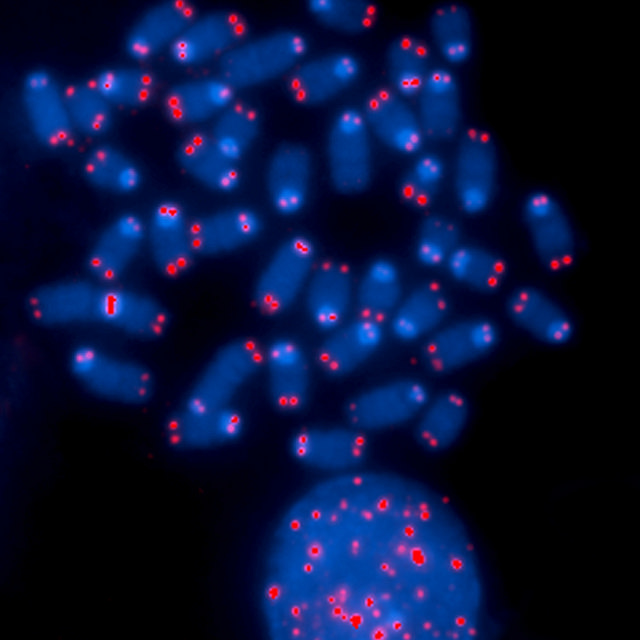There’s often a lot of talk about the benefits of exercise in the media, but it can still be hard to find the proper motivation to exercise on a consistent basis. Well, here’s another reason to start moving your body: exercise has been shown to slow down the aging process!
A recent study aggregated a large volume of data from the national US adult population and found that a greater involvement in movement-based behaviors (MBB) correlated with decreased odds of having shorter leukocyte telomere length (LTL). In other words, physical exercise and activity may play an important role in slowing down the rate at which telomeres get shorter during DNA replication.
Our cells and DNA replicate every day in order to stay alive, and our telomeres, which are found at the ends of our chromosomes, protect our DNA from being damaged while it is being replicated. In other words, telomeres are like the plastic tips at the end of your shoelaces that protect your DNA from being frayed by harmful outside forces. However, like plastic tips that wear out over time, telomeres get a little shorter after every cell cycle. When they become too short, DNA can no longer be replicated safely, and the cell ultimately dies. This is why we die of old age since the lives of all our cells literally hang by a thread (of telomeres) before dying out after the next replication cycle.
Image Source: Maria Teijeiro
However, the correlation between exercise and better-preserved telomeres implies that consistent exercise can help us live longer. After all, longer-lasting telomeres would allow our DNA to survive longer, replicate many more cycles, and help us live longer. Since the paper was just recently published this year, more research must still be done before we can be sure that the findings are accurate. Nonetheless, it’s exciting to realize that this is the latest knowledge in exercise health and nutrition today. Hopefully, with more promising research to enter this particular field, exercise might just be our philosopher’s stone.
Feature Image Source: NIH Image Gallery










